 Men’s down jackets are an essential part of any winter wardrobe. Not only do they provide warmth and comfort during the colder months, but they also serve as a statement piece for your winter style. When choosing a down jacket, there are several factors to consider, including color and style. In this article, we will discuss the best colors and styles for men’s down jackets.
Men’s down jackets are an essential part of any winter wardrobe. Not only do they provide warmth and comfort during the colder months, but they also serve as a statement piece for your winter style. When choosing a down jacket, there are several factors to consider, including color and style. In this article, we will discuss the best colors and styles for men’s down jackets.
Colors
When it comes to choosing the color of your down jacket, there are several options to consider. The most popular colors for men’s down jackets are black, navy, grey, and olive green. These colors are classic, versatile, and easy to coordinate with other winter wardrobe staples, such as boots, hats, and scarves. However, there are also other colors worth considering, such as burgundy, dark red, and mustard yellow.
Black
Black is arguably the most popular color for men’s down jackets. It’s sleek, timeless, and easy to match with any outfit. Black down jackets are perfect for a clean, polished look that can be dressed up or down. They also provide a great canvas to explore different textures and materials, such as leather or fur trim.
Navy
Navy is another classic color for men’s down jackets. It’s a deep, rich color that complements most skin tones and pairs well with a variety of other winter colors, such as burgundy, camel, and cream. Navy down jackets are perfect for a more casual, relaxed look that still maintains a touch of sophistication.
Grey
If you’re looking for a versatile color that can be worn with almost anything, then grey is a great option. It’s a neutral color that’s not as harsh as black but still provides a clean, refined look. Grey down jackets are perfect for creating a layered, textured outfit that’s both stylish and comfortable.
Olive Green
Olive green is a popular color for men’s down jackets because it provides a subtle pop of color without being too loud. It’s a great alternative to black or navy for those who want to add a little bit of personality to their winter wardrobe. Olive green down jackets pair well with earthy tones, such as brown or tan, and are perfect for creating a rugged, outdoorsy look.
Burgundy
Burgundy is a rich, sophisticated color that’s perfect for adding a touch of luxury to your winter outfit. It’s a great alternative to black or navy for those who want to stand out without being too bold. Burgundy down jackets pair well with neutral colors, such as black or grey, and are perfect for creating a polished, refined look.
Dark Red
If you want to add a little bit of color to your winter outfit but don’t want to go too bright, then dark red is a great option. It’s a rich, warm color that’s perfect for creating a cozy, comfortable look. Dark red down jackets pair well with neutral colors, such as black or beige, and are perfect for creating a relaxed, casual outfit.
Mustard Yellow
If you’re feeling bold and adventurous, then mustard yellow is a great color to try. It’s a vibrant, eye-catching color that’s perfect for standing out in a sea of black, navy, and grey. Mustard yellow down jackets pair well with neutral colors, such as black or white, and are perfect for creating a bold, confident look.
Styles
When it comes to choosing the style of your down jacket, there are several options to consider. The most popular styles for men’s down jackets are puffer jackets, parkas, and bomber jackets. Each style has its own unique features and benefits, so it’s important to choose the style that best suits your needs and preferences.
Puffer Jackets
Puffer jackets are the most popular style of men’s down jackets. They are characterized by their quilted design and puffy appearance, which is created by the insulation material used to fill the jacket. Puffer jackets provide excellent insulation and are perfect for keeping you warm during the coldest winter days.
Parkas
Parkas are a longer, more spacious style of men’s down jackets. They typically feature a hood, fur trim, and a longer length that extends down to the thighs or knees. Parkas are perfect for those who want maximum coverage and protection from the elements. They are also a great option for those who want to create a more rugged, outdoorsy look.
Bomber Jackets
Bomber jackets are a shorter, more fitted style of men’s down jackets. They are characterized by their ribbed collar, cuffs, and waistband, which create a sleek, streamlined look. Bomber jackets are perfect for those who want a more casual, sporty look that can be dressed up or down.

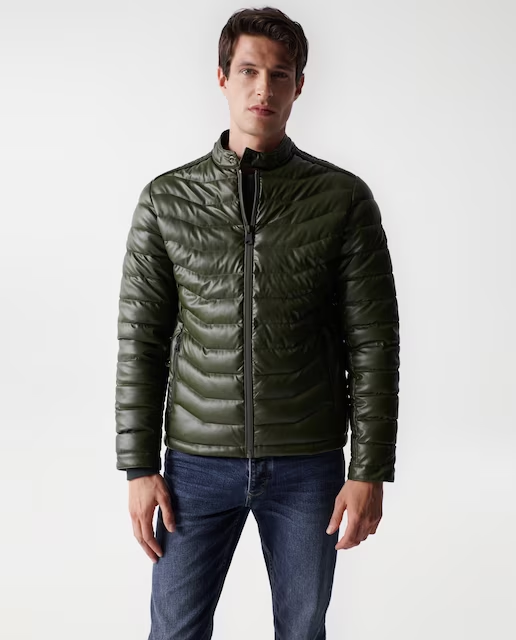 Men’s down jackets are a popular choice for winter wear due to their excellent insulation properties, lightweight construction, and durability. However, owning a down jacket also means taking proper care of it to ensure it remains in top condition.
Men’s down jackets are a popular choice for winter wear due to their excellent insulation properties, lightweight construction, and durability. However, owning a down jacket also means taking proper care of it to ensure it remains in top condition.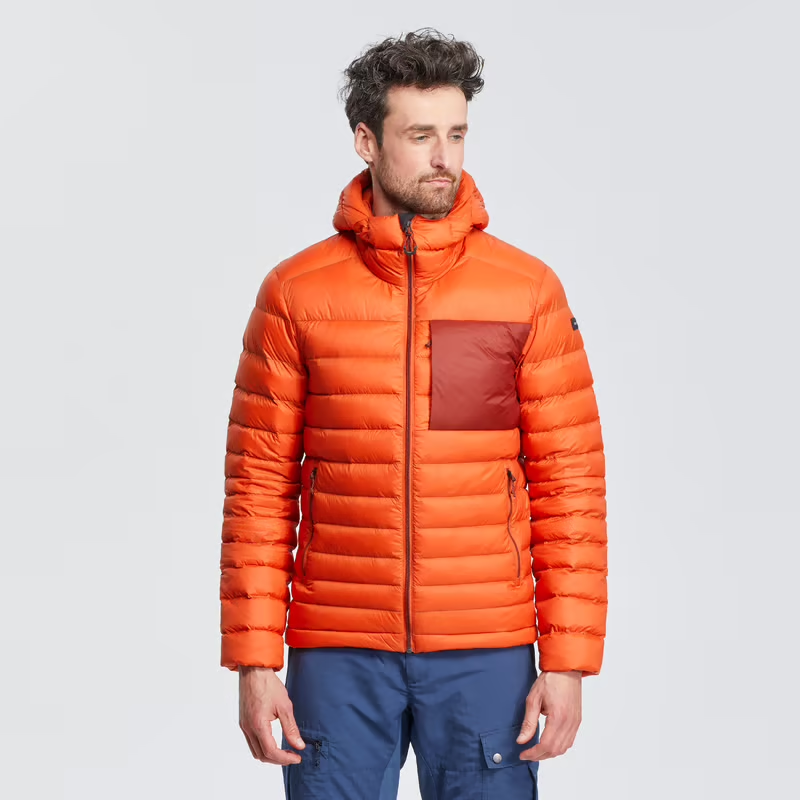 When it comes to choosing the right men’s down jacket, sizing and measurements are crucial factors that must be taken into consideration. Finding the perfect fit is essential not only for comfort, but also for optimal performance. A poorly fitting down jacket can diminish the effectiveness of the insulation, leaving you susceptible to the cold and defeating the purpose of the jacket altogether.
When it comes to choosing the right men’s down jacket, sizing and measurements are crucial factors that must be taken into consideration. Finding the perfect fit is essential not only for comfort, but also for optimal performance. A poorly fitting down jacket can diminish the effectiveness of the insulation, leaving you susceptible to the cold and defeating the purpose of the jacket altogether.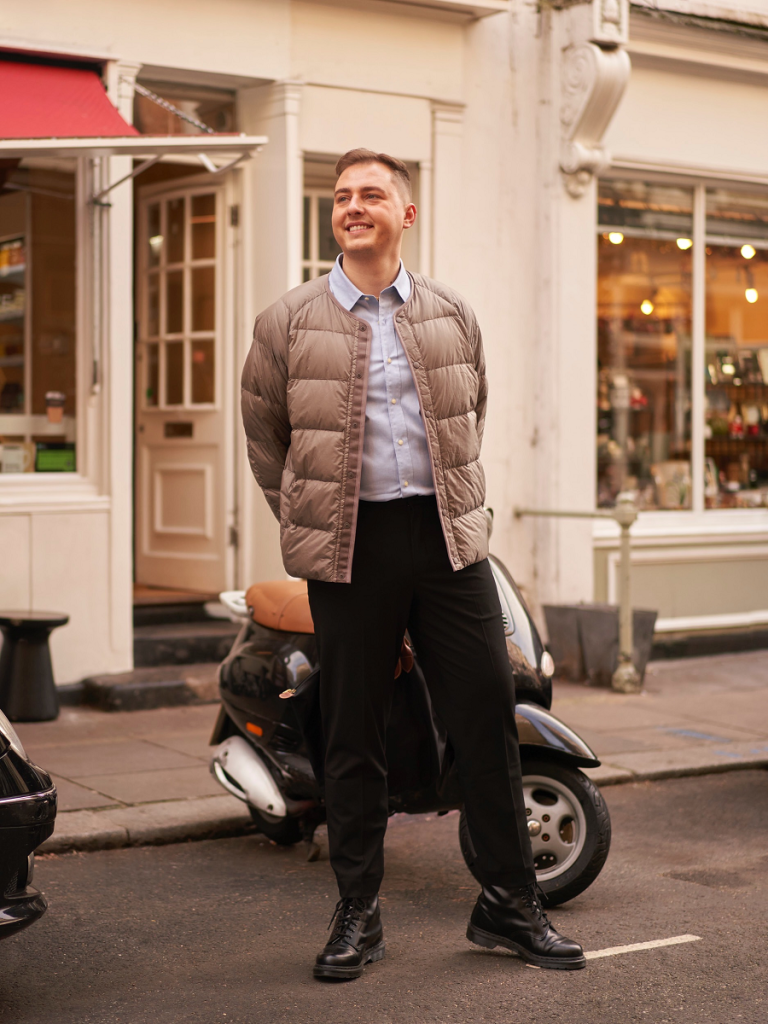 When it comes to staying warm and comfortable during the colder months, a down jacket is an essential piece of outerwear for men. Known for their exceptional warmth and lightweight design, down jackets are a popular choice for outdoor enthusiasts and those who simply want to stay cozy during the winter season. However, with numerous options available, it can be overwhelming to choose the right one. In this article, we will explore different types of
When it comes to staying warm and comfortable during the colder months, a down jacket is an essential piece of outerwear for men. Known for their exceptional warmth and lightweight design, down jackets are a popular choice for outdoor enthusiasts and those who simply want to stay cozy during the winter season. However, with numerous options available, it can be overwhelming to choose the right one. In this article, we will explore different types of  When it comes to choosing the perfect men’s down jacket, there are a lot of factors to consider. Down jackets are popular because they are extremely warm, lightweight, and packable. They are perfect for cold weather activities like skiing, snowboarding, and hiking, as well as everyday wear. However, with so many options available, it can be difficult to know where to start. In this article, we’ll break down the key factors to consider when choosing a men’s down jacket so that you can find the perfect one for your needs.
When it comes to choosing the perfect men’s down jacket, there are a lot of factors to consider. Down jackets are popular because they are extremely warm, lightweight, and packable. They are perfect for cold weather activities like skiing, snowboarding, and hiking, as well as everyday wear. However, with so many options available, it can be difficult to know where to start. In this article, we’ll break down the key factors to consider when choosing a men’s down jacket so that you can find the perfect one for your needs.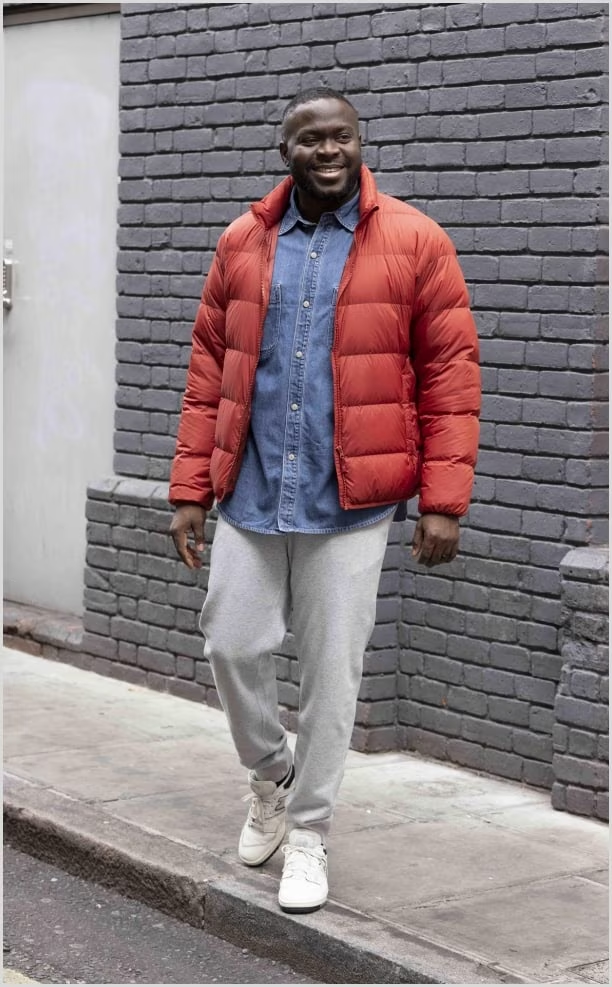 When the temperature drops and the winter chill sets in, a reliable and warm jacket is an essential piece of clothing for any man. Among the various options available, down jackets have gained tremendous popularity for their exceptional insulation and comfort. In this comprehensive guide, we will explore everything you need to know about men’s down jackets – from their construction and materials to their different styles and care instructions.
When the temperature drops and the winter chill sets in, a reliable and warm jacket is an essential piece of clothing for any man. Among the various options available, down jackets have gained tremendous popularity for their exceptional insulation and comfort. In this comprehensive guide, we will explore everything you need to know about men’s down jackets – from their construction and materials to their different styles and care instructions.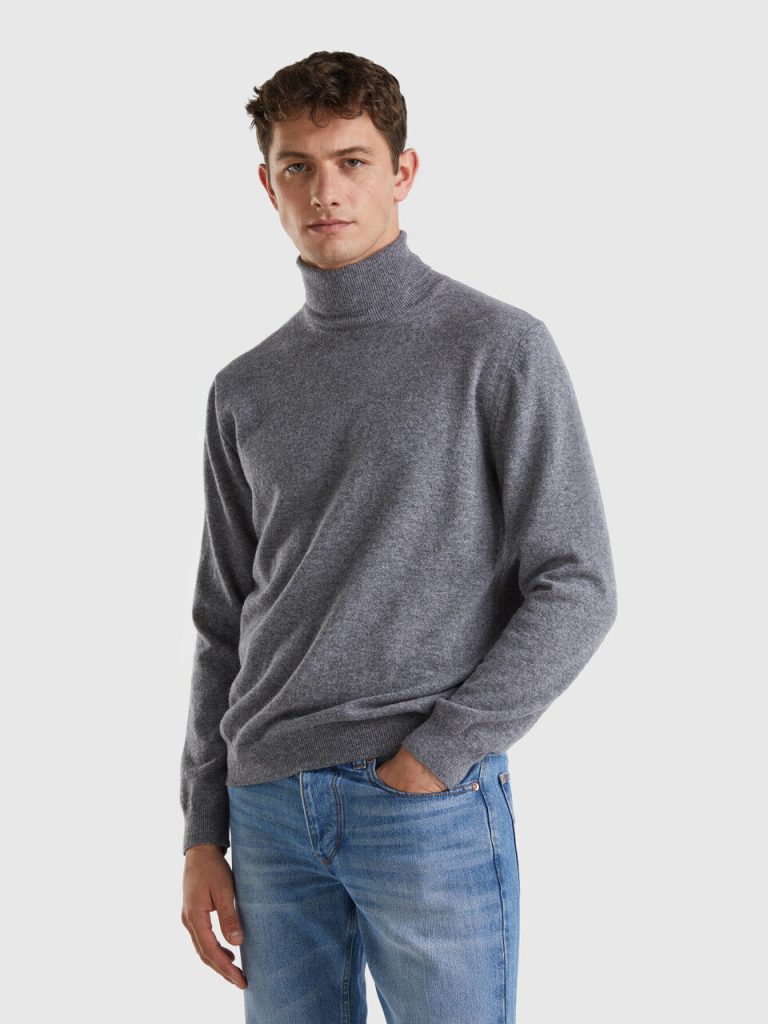
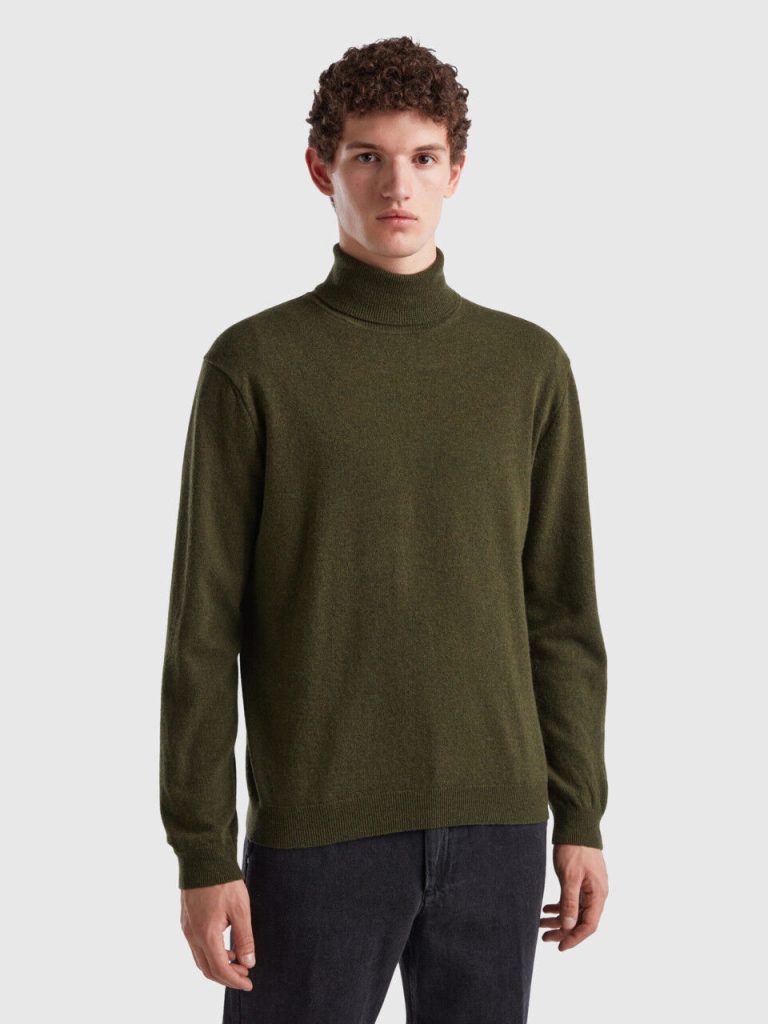
 Athleisure is a fashion trend that has become increasingly popular in recent years, combining athletic wear with casual wear to create comfortable yet stylish outfits. Men’s high neck sweaters are a perfect addition to the athleisure trend, providing both style and comfort. High neck sweaters are versatile and can be worn in a variety of settings, making them a great choice for athleisure outfits. In this article, we will explore the role of men’s high neck sweaters in athleisure fashion, providing you with inspiration and guidance on how to create stylish and comfortable athleisure outfits with high neck sweaters.
Athleisure is a fashion trend that has become increasingly popular in recent years, combining athletic wear with casual wear to create comfortable yet stylish outfits. Men’s high neck sweaters are a perfect addition to the athleisure trend, providing both style and comfort. High neck sweaters are versatile and can be worn in a variety of settings, making them a great choice for athleisure outfits. In this article, we will explore the role of men’s high neck sweaters in athleisure fashion, providing you with inspiration and guidance on how to create stylish and comfortable athleisure outfits with high neck sweaters. Men’s high neck sweaters are a stylish and versatile wardrobe staple that can elevate any outfit. While solid-colored sweaters are classic and timeless, incorporating texture into your high neck sweater outfits adds depth and visual interest, making a bold fashion statement. Texture can be achieved through the choice of materials, patterns, and layering techniques. In this article, we will explore different ways to incorporate texture into men’s high neck sweater outfits, providing you with inspiration and guidance on how to create visually appealing and unique looks.
Men’s high neck sweaters are a stylish and versatile wardrobe staple that can elevate any outfit. While solid-colored sweaters are classic and timeless, incorporating texture into your high neck sweater outfits adds depth and visual interest, making a bold fashion statement. Texture can be achieved through the choice of materials, patterns, and layering techniques. In this article, we will explore different ways to incorporate texture into men’s high neck sweater outfits, providing you with inspiration and guidance on how to create visually appealing and unique looks.